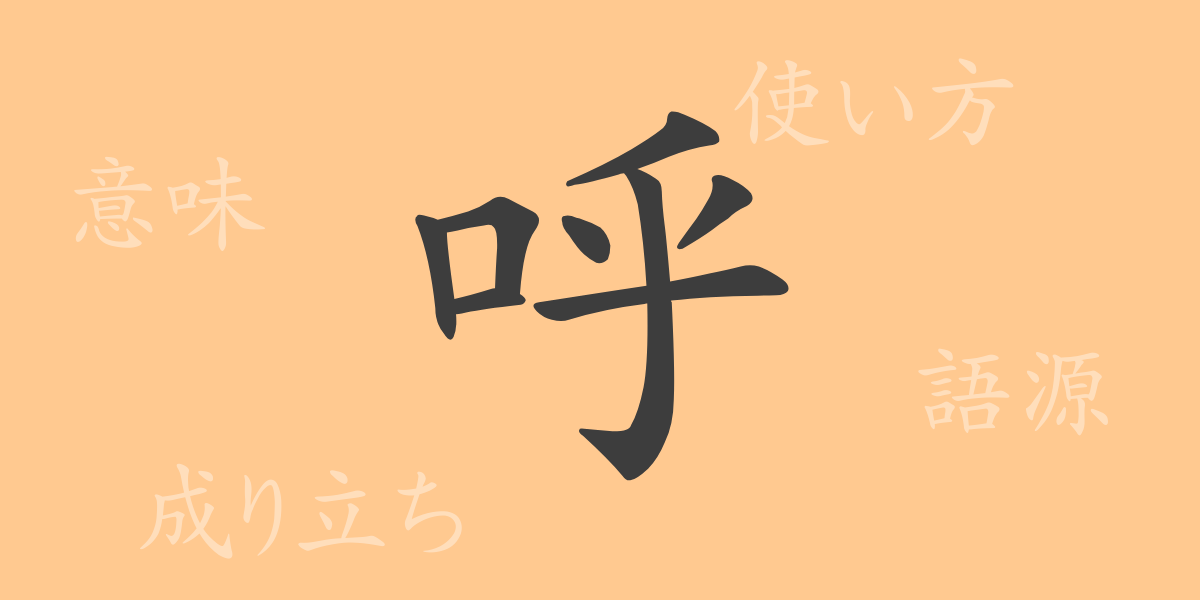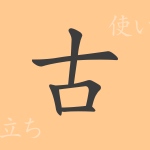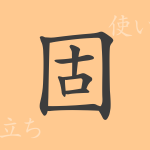Kanji are not just mere characters; each stroke embodies the rich history and culture of Japan. The focus of this article is on “呼” (よぶ, yobu) — a kanji symbolizing the act of connecting people through voice. What secrets does this commonly used character hold? Let’s delve deep into the world of “呼,” a character deeply rooted in our daily lives.
Origins of 呼 (Etymology)
The kanji “呼” (よぶ, yobu) evolved from ancient Chinese pictographs depicting the act of exhaling from the mouth. Initially, it illustrated a person from the side, mouth open, blowing out breath. Over time, the character simplified to its current form, “呼,” signifying the act of exhaling or calling out.
Meanings and Uses of 呼
The primary meanings of “呼” (よぶ, yobu) are “to call out” and “to exhale.” However, its applications are vast. For instance, in “呼吸” (こきゅう, kokyuu), it relates to breathing, a vital life function. In “呼応” (こおう, koou), it indicates responding or reciprocating. Additionally, it appears in contexts involving naming, as in “呼称” (こしょう, koshou), illustrating its diverse usage.
Readings, Stroke Count, and Radical of 呼
The kanji “呼” (よぶ, yobu) has interesting features in its readings and structure:
- Readings: The On’yomi (音読み) is “コ” (こ), and the Kun’yomi (訓読み) includes “よ” (yo), “よぶ” (yobu), and “よび” (yobi).
- Stroke count: “呼” has 8 strokes in total.
- Radical: The radical is 口 (くち, kuchi), indicating its relation to the mouth and speech.
Idioms, Phrases, and Proverbs Using 呼
Expressions and idioms featuring “呼” (よぶ, yobu) highlight the richness of Japanese language:
- 呼応する (こおうする, koou suru): To respond or reciprocate mutually.
- 呼び水 (よびみず, yobimizu): A catalyst that triggers something to start or proceed.
- 一喝一呼 (いっかついっこ, ikkatsuikko): To scold loudly and sharply.
These expressions, reflecting the core meanings of “呼” (よぶ, yobu), are used across various contexts.
Conclusion About 呼
The kanji “呼” (よぶ, yobu), from its form to its meanings and uses, symbolizes fundamental human communication. This character, naturally used in our daily lives, carries the breath of ancient times. By understanding and using “呼,” we can appreciate its rich history and cultural significance.

























